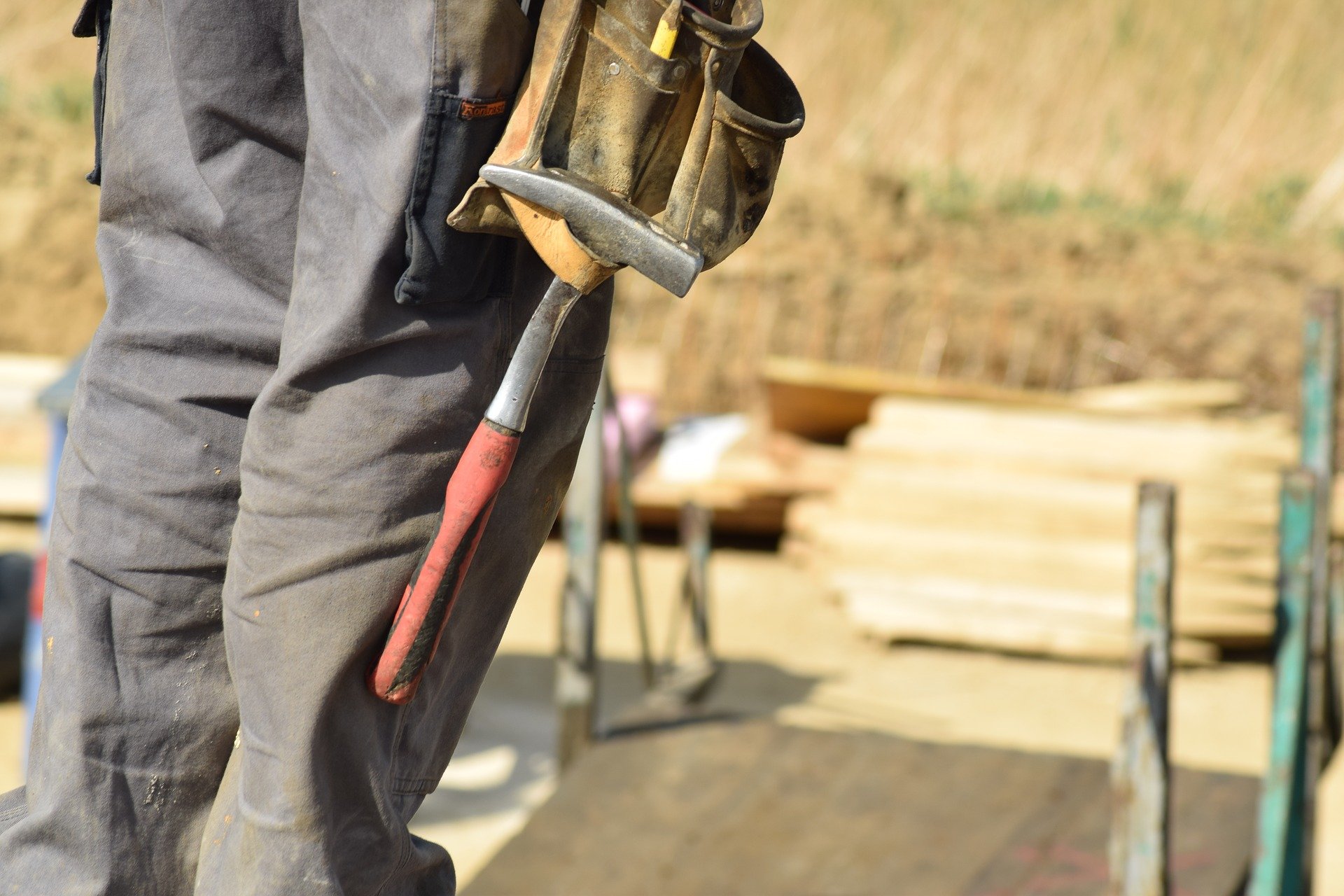What is the UK’s Help to Build Loan Scheme?
The UK government has now launched its Help to Build equity loan scheme, which is intended for homebuyers who need help to self-build or custom-build their perfect home. The Help to Build schemes will make it an easier and more affordable choice for homebuyers wanting to have more control over the design of their dream home. With this scheme, smaller deposits will be needed from homebuyers, making the scheme more accessible to homebuyers. So, the three principal benefits of the scheme are:
- Easier to self build
- More affordable
- A smaller deposit is required
The UK Help to Build scheme, launched by the government, is a follow up from the recent Richard Bacon MP’s report, where it was noted that construction of self build properties can contribute more than 40,000 homes each year to the UK housing stock and help relieve the chronic housing shortage. The Help to Build loan scheme is therefore intended to help achieve this 40,000 target.
What is the Help to Build scheme?
Help to Build, which started accepting applications toward the end of 2021, will make it possible for homebuyers with lower down payments (as little as 5%) to obtain self-build financing. Schemes like these are inspired by the earlier “Help to Buy” programme launched by the government.
A 15% deposit is typically required for a self-build mortgage; therefore, Help to Build significantly lowers the entry barrier. Government-backed loans of up to 20% (or 40% in London) are offered as a supplement to your own deposit.

The self build loans offered will be calculated based on the expected expenses of purchasing your chosen plot and constructing your dream house. However, the budget is capped at £600,000 to cover the purchase of both the land and the building of the home, with the build itself being limited to £400,000. Another stipulation is that the total project must be completed within a 3-year time frame and cannot drag on for many years.
How does the loan scheme work?
It is the UK government’s goal to make it possible for homebuyers to get conventional self-building mortgages. The loan scheme works by releasing funds in stages as the self build project progresses with construction on site. This way, the money is only released as it is needed and not all at once.
An ordinary self-build mortgage will be accepted first by a Help to Build-registered lender. Your lender receives the Help to Build loan and converts your self build mortgage to a conventional repayment mortgage once construction is complete.
It may be best to show this process in action with an example. When building a house for £400,000, you may put down a 5% deposit of £20,000, with the remainder of £380,000 coming from a self-build mortgage.
The Government will release up to 20% of your Help to Build loan after the project is finished and you transfer it to a normal mortgage. As a result, the lender will only provide a loan of £300,000 to the borrower.
As noted succinctly by the National Custom and Self Build Association, “Lenders are uniquely able to offer low-deposit products under Help to Build, and therefore provide consumers with a bigger mortgage than they might have had, because they know they will be paid 20% by the government on completion”.
Who can apply for the Help to Build loan scheme?
First-time homebuyers or people who already own a home can apply to the scheme, but they must meet the following requirements:
- Age 18 and above, with the right to live in the UK
- You’ll be living in the newly-built house as your sole home.
- A Help to Build-registered lender has offered you a self-build mortgage.
- The cost of the plot and construction will not exceed £600,000.
- To purchase a home, you must have a deposit of at least 5% and a self-build mortgage agreement.
What are the costs involved?
The first 5 years of the Help to Build loan are interest-free. In the meantime, the borrower must pay a monthly charge of £1 until the debt is repaid.
In the sixth year of the loan, you will begin paying interest of 1.75 percent. Starting in year seven, this will climb to a minimum of 2 percent + CPI (consumer price index).
Your final amount will be dependent on the current market value of your house when you decide to pay it back. In other words, it is not based on what you originally borrowed. Because of this, whether the value of your property increases or decreases, so will the total amount you owe.
What is the feasibility of achieving a self build for less than the limit of £600,000?
“You may be surprised to learn that it is reasonably easy to achieve a self build project within the £600,000 capped limit,” noted Jamie Johnson, CEO of FJP Investment. “For example, consider this article in The Times from November 2021, where it was noted that a £600,000 sum could easily be enough for both the land and construction costs for a four-bed house in nearly 70% of England.”
Additionally, it was shown that in a third of England’s regions, two people earning a combined £40,000 could afford a three-bedroom house with the help of Help to Build. Indeed, many self-builders are able to finish the building portion of their projects for less than the £400,000 Help to Build limit.
ARE YOU READY TO START INVESTING?
Subscribe to our mailing list now for exclusive deals, investment guides and the latest information from the property market.







